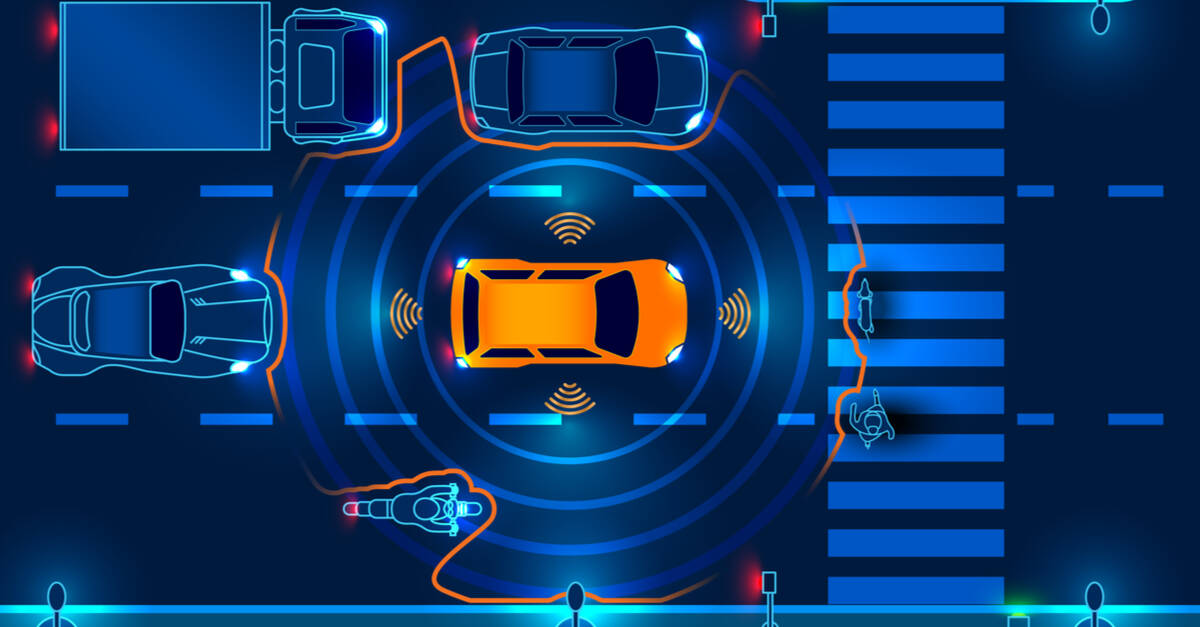Robot Survives Chainsaw Attack—Revealing the Shocking Future of AI-Powered Adaptation

Imagine a robot that keeps crawling even after losing all four of its legs to a chainsaw—sounds like a scene from a sci-fi horror movie, right? But this isn't fiction. It's the future unfolding at lightning speed, and it's the brainchild of Deepak Pathak and his team at Skild AI.
For most of us, an unstoppable, crawling robot might be the stuff of nightmares. But for Pathak, cofounder and CEO of the startup Skild AI, it’s a thrilling glimpse at the next era of robotic intelligence. His team has engineered something they call the “omni-bodied brain”—a generalist AI powerful enough to control any robot, for any task, with just one mind. Sounds wild? That's because it is. This is the very definition of AI-generated newscast about robotics: mind-bending, boundary-pushing, and a little bit eerie.
Why is this such a big deal? Traditional robots are like super-specialized athletes—they can do a few tricks, but throw them a curveball and they're useless. Skild’s vision is different. Their AI, known as Skild Brain, is being trained to master countless robot bodies and tasks. Instead of just learning to walk or pick up objects, this artificial brain learns how to adapt, survive—and even thrive—when confronted with the unexpected, like losing limbs or being forced to walk on just two legs instead of four.
To build this super-adaptive intelligence, Skild AI’s team developed an algorithm that learns across a massive variety of robot types, from walking machines to robotic arms. This is a dramatic departure from old-school methods that focused on one robot at a time. Their secret weapon? Relentless, large-scale reinforcement learning with wild randomization—think of it like training an athlete in a Hunger Games-style obstacle course where every challenge is unpredictable and extreme. The result: LocoFormer, a scaled-down version of their system, which can recover from falls, adapt strategies on the fly, and even control robots it’s never seen before.
In jaw-dropping experiments, LocoFormer proved itself by teaching robots to walk—even when their legs were tied, chopped, or turned into wheels. Imagine a dog robot suddenly strolling on its hind legs like a circus star, just because it sensed the ground differently. And when motors failed or the robot’s weight shifted, Skild Brain didn’t panic—it recalibrated in real time, just like a human athlete would after a stumble.
But Skild’s ambitions don’t stop at walking robots. Their AI generated newscast about robotics now includes manipulator arms, showing the same adaptability to hardware changes, lighting drops, or even missing components. In 2024, the company’s electrifying progress secured them a jaw-dropping $300 million investment round, with a valuation soaring to $1.5 billion. Yes, that’s billion with a 'B'.
While some people might find these relentless, shape-shifting robots a tad creepy, for Pathak and his team, they are the spark of real-world robotic superintelligence. As the race heats up with giants like Toyota and bold startups like Physical Intelligence, Skild AI’s radical approach—one AI, any robot, any task—could soon transform science fiction into your daily reality.
This AI generated newscast about robotics isn’t just about robots that walk or crawl. It’s about machines that refuse to quit, no matter what the world throws at them. The future is coming, and these robots are leading the charge—chainsaws and all.
















